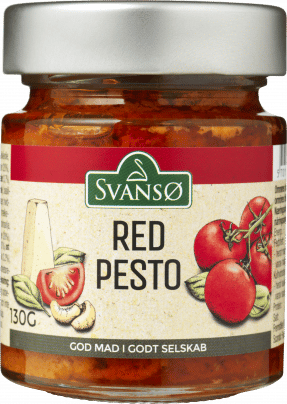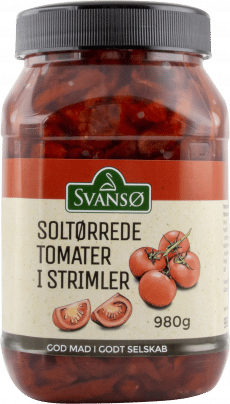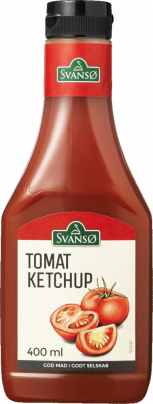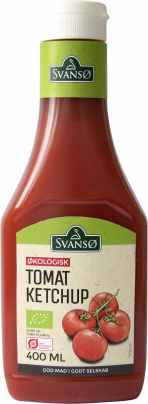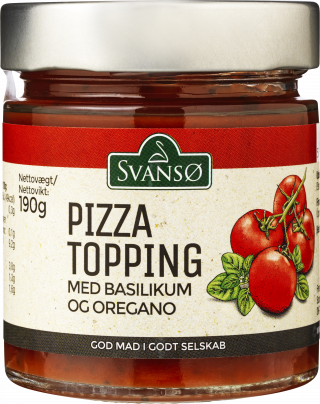Behind the taste
Umamismagen
Umami is also called savouriness, and it's a little harder to define than the other basic tastes. It adds richness, depth and roundness to the flavour. Preparation plays a role in umami, and the more cooked a sauce is, for example, the deeper the umami. Umami is also known as a flavour enhancer - the same as "the 3rd spice", which has been used extensively in the food industry simply to make food taste more and to enhance the other flavours. The 3rd spice is a chemical variant of the naturally occurring glutamate, which is the substance that gives the umami taste.
Umami was first recognised as the fifth basic flavour around 2000, and was initially known as "meat flavour". However, it is also present in many vegetables and the method of cooking has an impact on how much the flavour comes through. So umami, defined as 'flavour', can be achieved without meat, although it is often meat that is emphasised when umami is mentioned. Roasted mushrooms, seaweed and sun-dried tomatoes are great green umami options.
Umami can help us eat less salt, as one of the dietary guidelines recommends - simply because umami enhances flavour and can reduce the need for salt.
PUT TOGETHER THE RIGHT FLAVOUR
Umami is also known as a flavour enhancer, and when building your dish, it's a good idea to consider the natural sources of umami found in meat, cheese and some vegetables.
Products
CREATE A BASE STOMACH
Discover the different flavours
Turn the wheel and get inspired by which ingredients can contribute exactly the flavour you think your dish is missing.
5 basic flavours - and one extra!
The basic flavours are the foundation of the tasting, and in addition to the 5 basic flavours you can also work with the flavour "strong", which can help to enhance the other flavours if dosed correctly.
Turn the wheel and get inspired to work with the basic flavours and complete the taste experience of your food!

